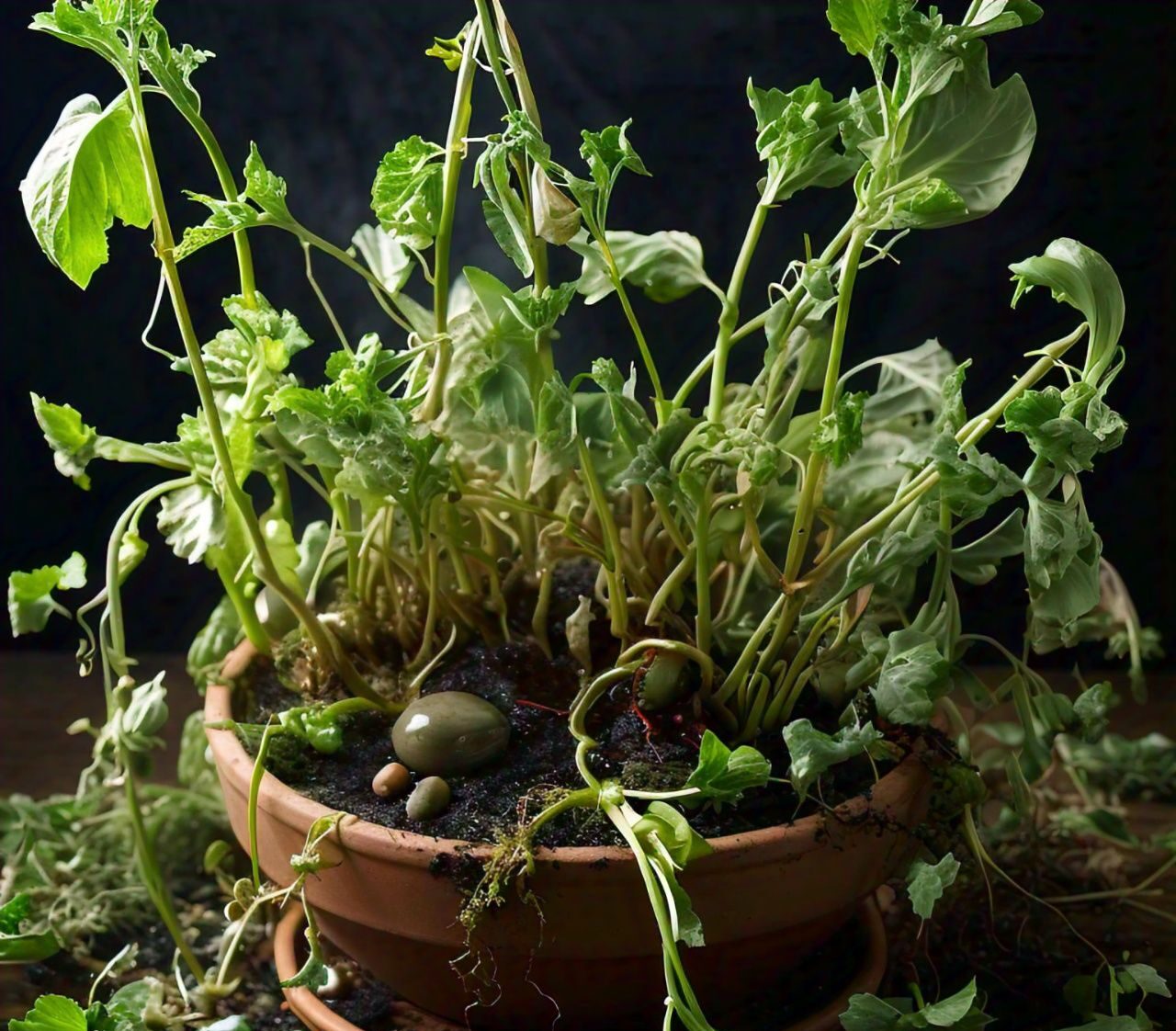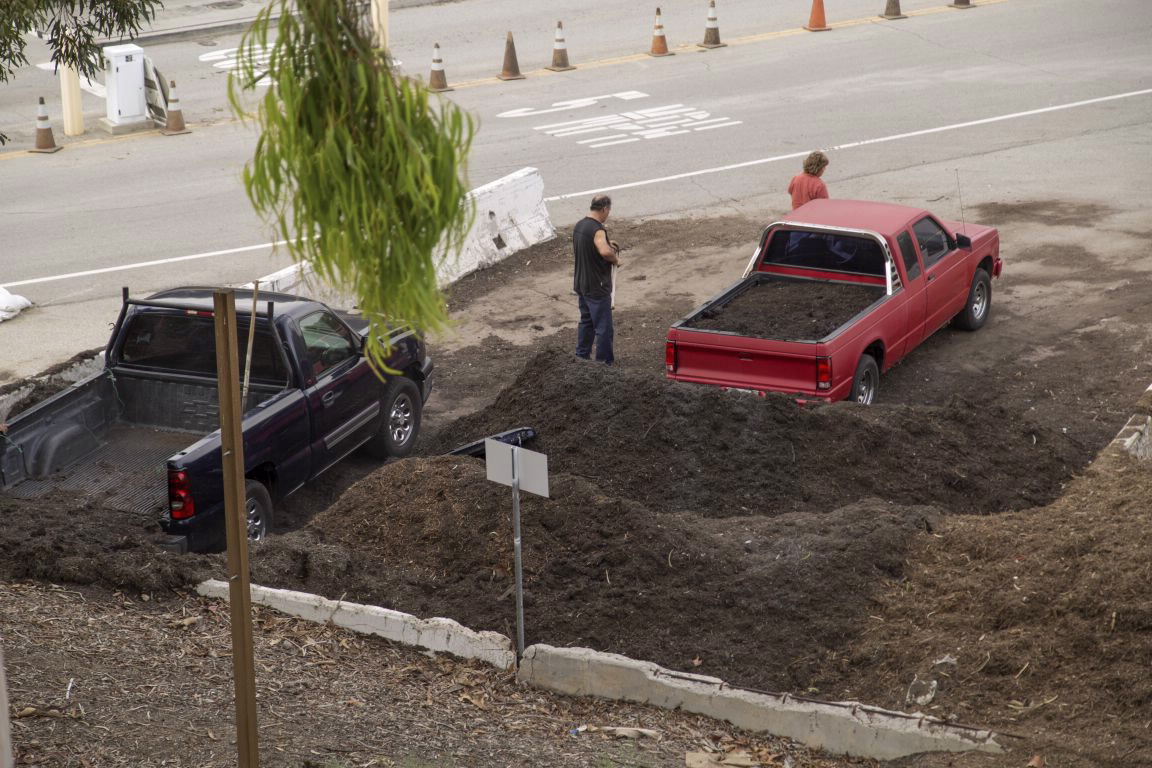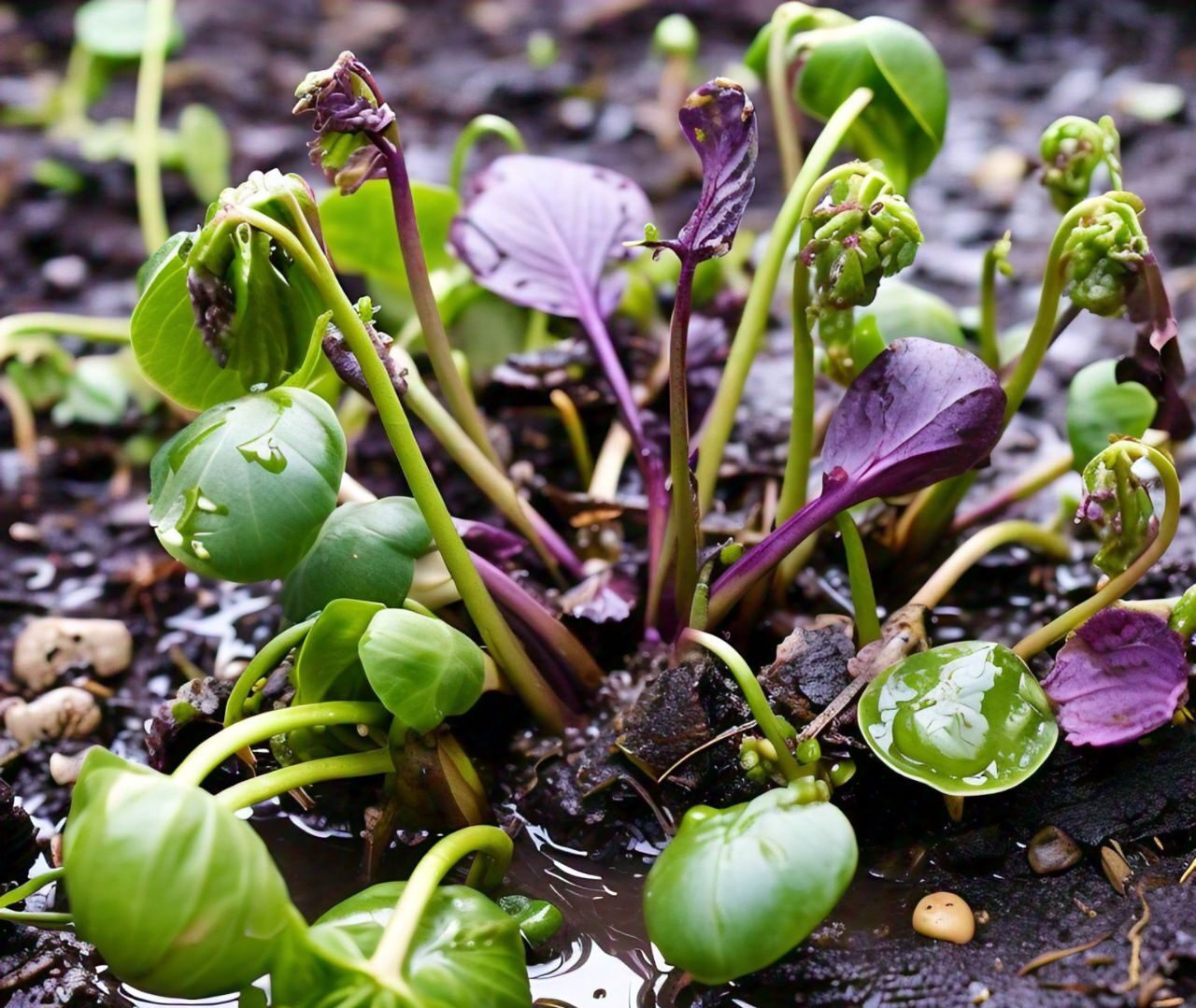
Wilted plants can be a frustrating sight for any gardener or plant enthusiast. When once-thriving plants begin to droop and lose their vibrancy, it’s essential to identify the underlying cause and take swift action. In this post, we’ll explore the common reasons behind wilted plants, recognize the symptoms, and provide practical solutions to revive your struggling green friends.
Causes of Wilted Plants
- Underwatering: Inadequate water supply causes plants to shrink and wilt.
- Overwatering: Excess water leads to root rot, causing plants to wilt and drop leaves. This is a huge problem for the young plants.
- Nutrient Deficiency: Lack of essential nutrients like nitrogen, iron, or magnesium.
- Root Bound: Roots outgrow containers, restricting water and nutrient uptake.
- Pests and Diseases: Infestations or infections from aphids, whiteflies, spider mites, or fungal diseases.
- Temperature Fluctuations: Extreme temperatures, drafts, or sudden changes.
- Transplant Shock: Stress from repotting or relocating plants.
Symptoms of Wilted Plants
- Droopy or yellowing leaves
- Soft, limp stems
- Reduced growth
- Leaf drop or shedding
- Discoloration or spotting
Solutions to Revive Wilted Plants
Immediate Care
- Check Watering: Adjust watering schedules based on soil moisture.
- Prune Damaged Leaves: Remove wilted or damaged leaves to prevent spread.
- Provide Support: Stake or prop up wilted stems.
Long-Term Solutions
- Adjust Watering Habits: Water thoroughly, allowing soil to dry slightly between waterings.
- Fertilize: Balance nutrient intake with a well-rounded fertilizer.
- Repot: Transplant root-bound plants into larger containers.
- Pest Control: Treat infestations with organic or chemical solutions.
- Monitor Temperature: Maintain optimal temperature ranges.
Prevention Measures
- Regular Inspections: Monitor plants for early signs of wilting.
- Proper Soil Mix: Use well-draining potting mixes.
- Balanced Fertilization: Feed plants with nutrient-rich fertilizers.
- Adequate Light: Ensure sufficient light for plant requirements.
By recognizing the causes and symptoms of wilted plants and implementing these practical solutions, you’ll be well on your way to reviving your struggling plants and restoring their vibrancy.
Additional Tips
- Keep plants in well-ventilated areas.
- Avoid over-handling or stressing plants.
- Learn plant-specific needs and requirements.
What methods have you used to revive your plants? Share your thoughts on Facebook



